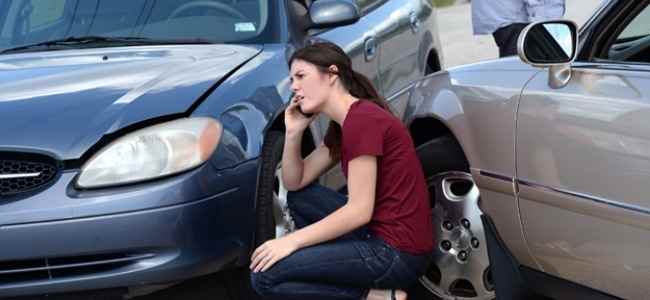You’re driving home from work when all of a sudden, another car slams into you. You go spinning off the road, but luckily you’re not as injured as you could be. The other driver seems fine as well, except that they’re pretty angry with you.
They claimed that they had the right of way, but you kept going. You know good and well that you had the right of way. Determining car accident fault can be a tricky business.
In some states, your insurance will have to pay out regardless of who caused the problem. If you don’t live in one of these states, you’ll have to display some evidence that shows that you didn’t cause the crash.
We can tell you what evidence you need to gather. Keep reading to learn how to get compensation if you’ve been injured in a car accident.
Why Is Determining Fault Important?
Is it worth it to hire a car accident lawyer to determine fault? The answer here is yes. Whoever is deemed responsible may have to pay for the other’s injuries and damages.
Trust us when we say that you don’t want your wallet to take that kind of hit if you weren’t the cause of the issue. Things get even more complicated if you were involved in an Uber or Lyft accident.
You can go here to learn what to do in that situation. For now, let’s move on to at-fault vs. no-fault states.
At-Fault Vs. No-Fault States
Declaring fault works a little differently depending on if you’re in an at-fault or no-fault state. There are 12 states that are no-fault states. In this situation, each person’s individual insurance company will cover their injuries and damages after a crash.
If you live in an at-fault state, the person who was responsible for the crash will have to pay for all the damages. There are a few more complicated categories as well.
There are pure contributory states where you won’t get any compensation if you’re even slightly responsible for the crash. There are also comparative fault states that reduce your compensation depending on your degree of fault.
Police Reports
Now that you know why you’d want to try and prove that you’re not at fault and where you may stand in your state, it’s time to find out what kind of evidence you’ll need. The first thing you should do after a car accident is call the police.
Once the cops arrive on the scene, they’ll begin taking notes. This is what is known as a police report. They’ll write down everything involving the accident, including if anyone got a citation and who they believe is at fault.
You’re going to want to get a copy of it. You see, in court, the judge and jury will base their decision largely on what the police report says. If the cop thought that you were at fault, there’s a good chance that the judge will think that too after reading the report.
You can make a case for yourself. After reading the police report, if you have evidence that proves your innocence, give it to the police. They’ll let you amend any false information that they have on file.
Rear-End Collisions
A lot of states have special driving rules to determine who is at fault in a car accident. The most common one involves rear-end collisions.
Nine times out of ten, if a car is hit from behind, the rear driver is at fault. This is because the rules dictate that drivers have to keep a certain distance away from other vehicles on the road.
If you were to crash into someone from behind, it means that you were following too close. It doesn’t matter if the car in front of you suddenly slammed on their breaks or not.
Left-Hand Turn
Another special driving rule involves left-hand turns. If you’re making a turn and someone in oncoming traffic hits you, there’s a good chance that the judge will rule that you were at fault.
This is because the person in oncoming traffic had the right of way. You were supposed to wait until things were clear before you made the turn.
There is one exception to this rule. If the person who crashed into you ran a red light, the judge might decide that they are either partly or completely at fault for the accident.
Admitting Fault
After an accident, one of the parties involved might admit fault. The moment someone does, the insurance companies will assign all blame to the person who apologized. This means that they are responsible for paying for everything.
Due to the high level of consequences, it’s recommended that you don’t say more than you should after the crash. Stick with only getting the other driver’s information until after you talk to your personal injury attorney.
Other Evidence
After calling the police to the scene of your crash, get out your phone and start taking pictures. Sometimes a judge or your lawyer can determine who is at fault by looking at the markings on the vehicles.
You should also go around the area and talk to any witnesses who may have seen what happened. Their testimonials will be important when it comes time to prove fault.
Proving Car Accident Fault and Getting Compensation
After getting into a car accident, you’ve got enough on your plate without worrying about who’s going to pay for your injuries or how you’re going to fix your car.
To get the compensation that you deserve, proving car accident fault is of the utmost importance. Before heading to the doctor, gather evidence and don’t forget to check out the police report.
Getting the evidence together and talking to witnesses aren’t the only things that you should do after a crash. Check out the Automobile section of our blog for more post-accident advice.


